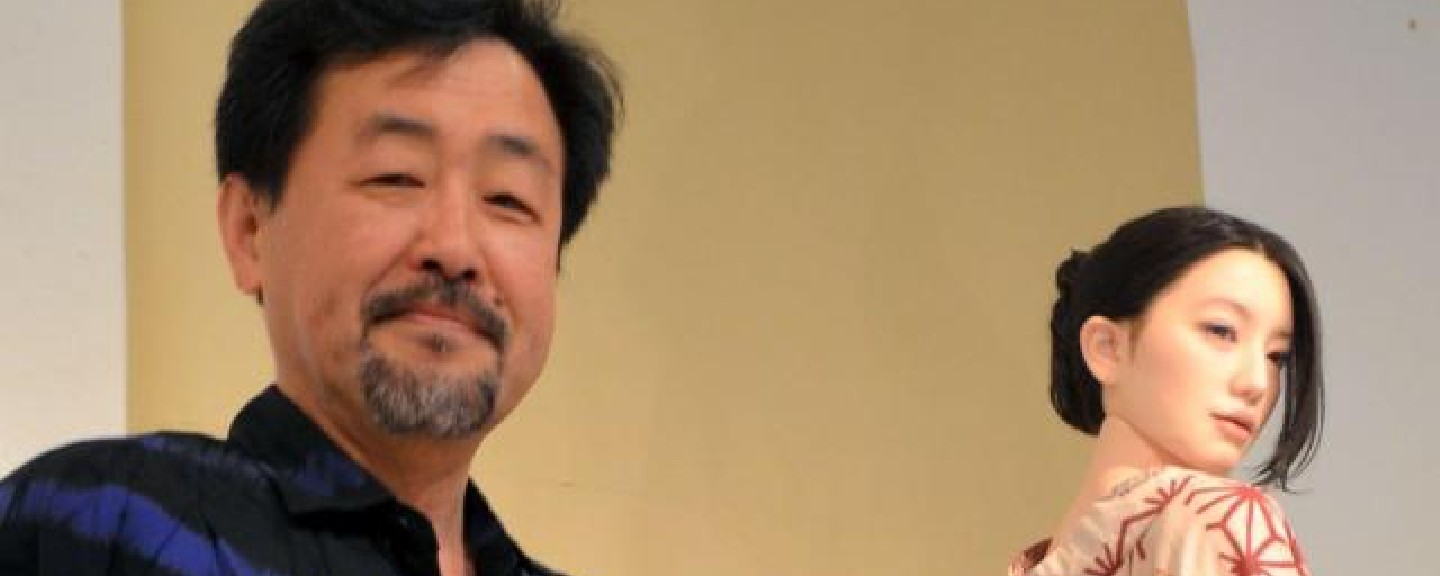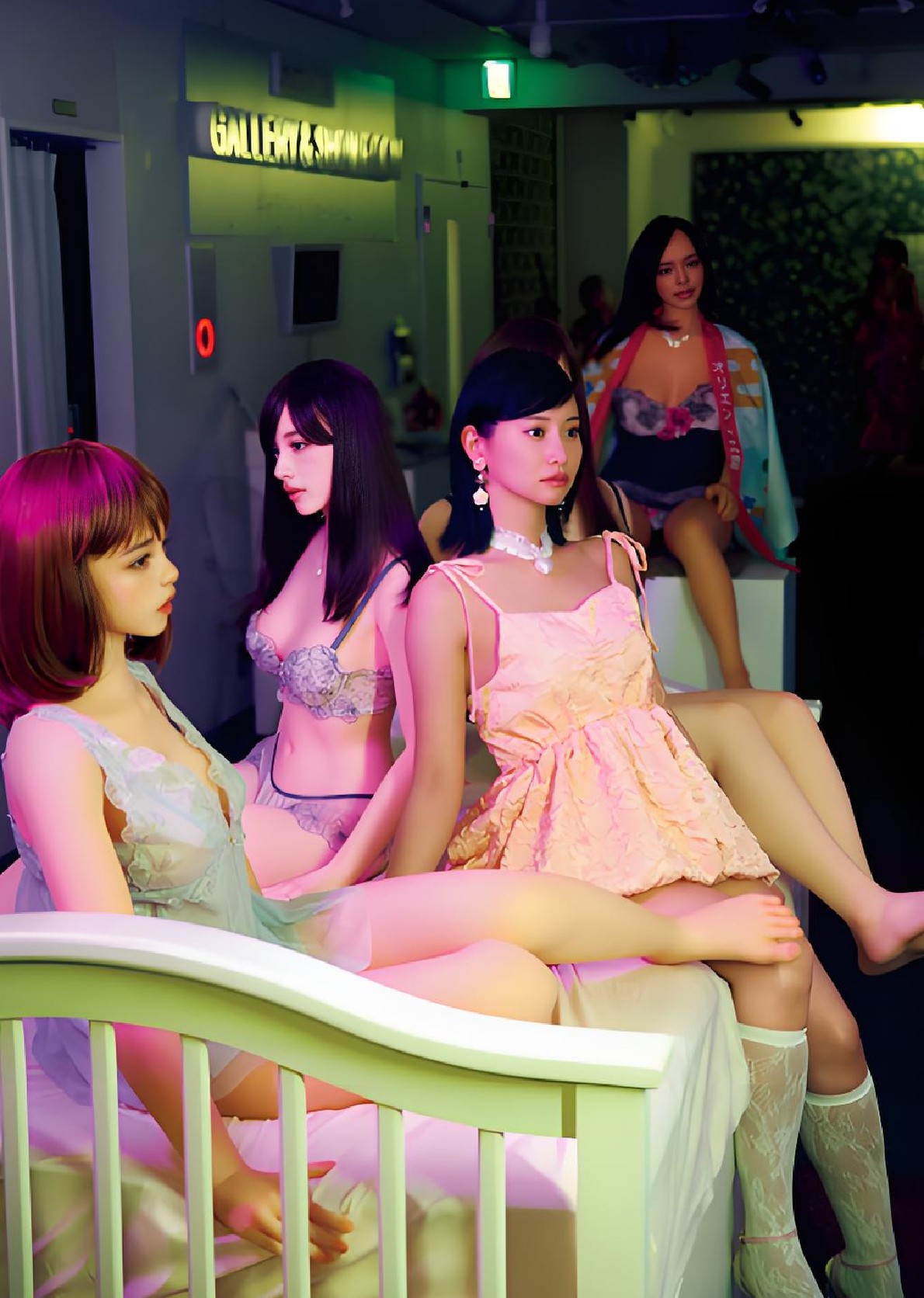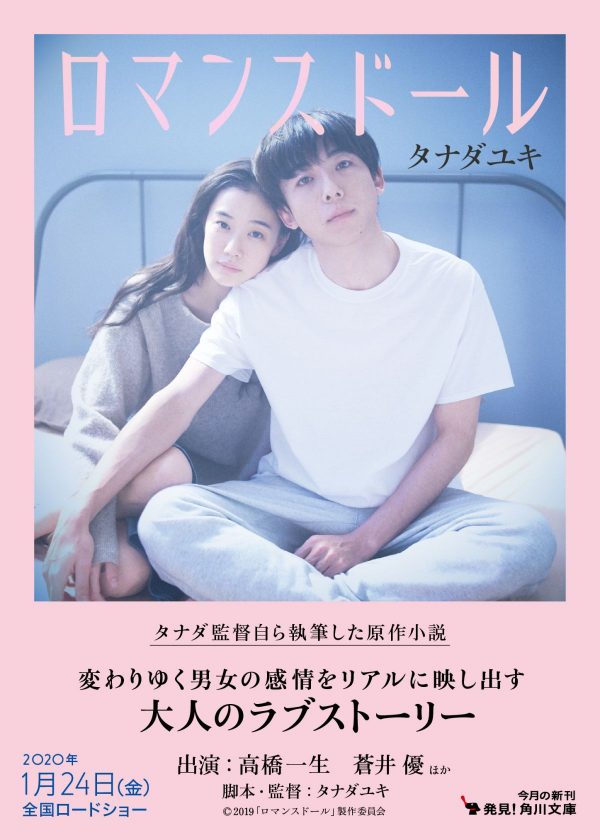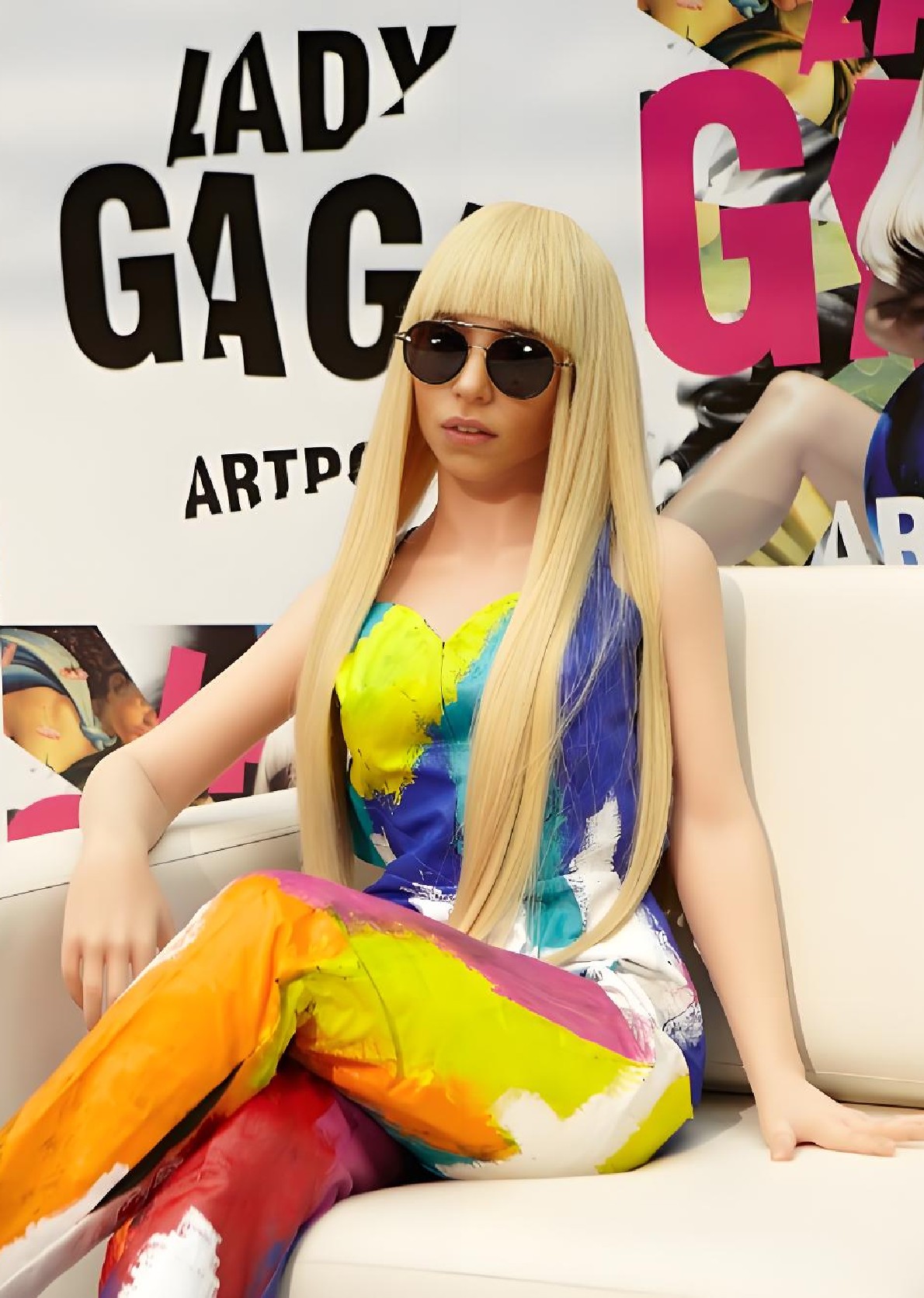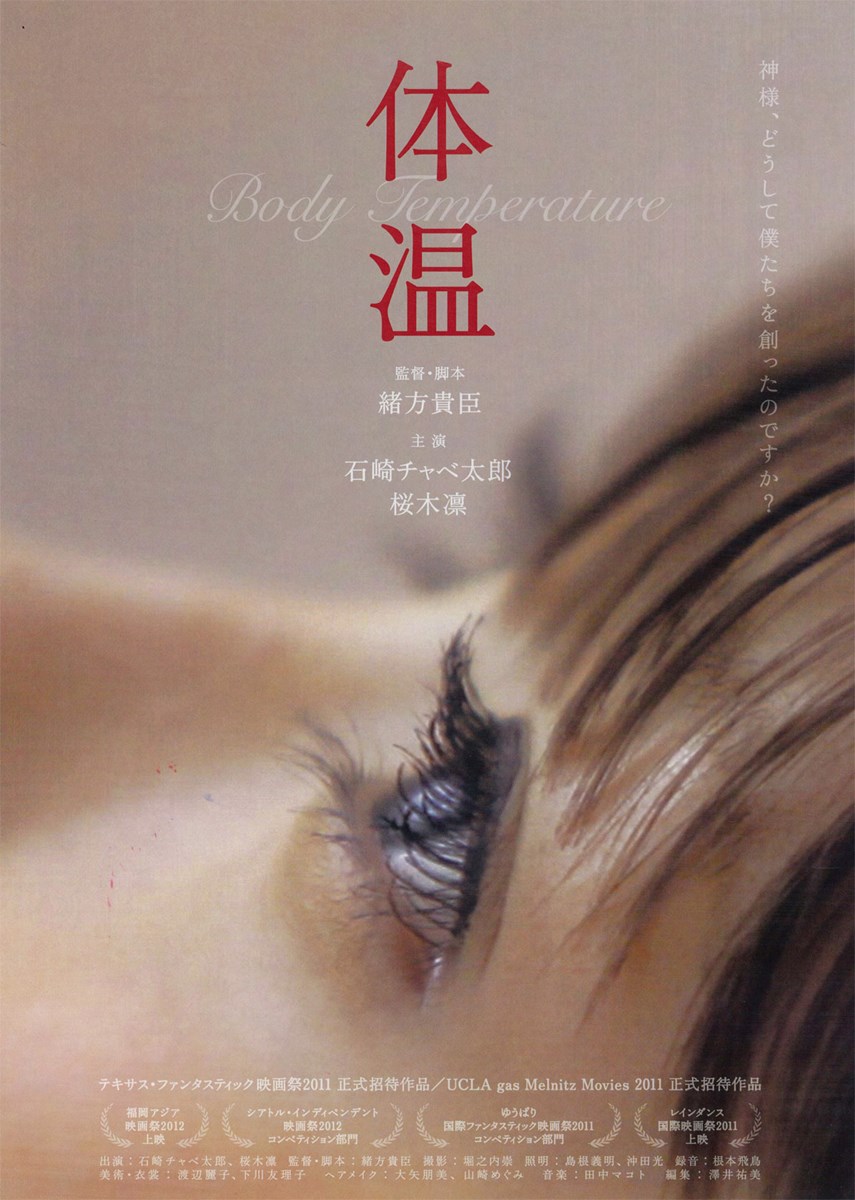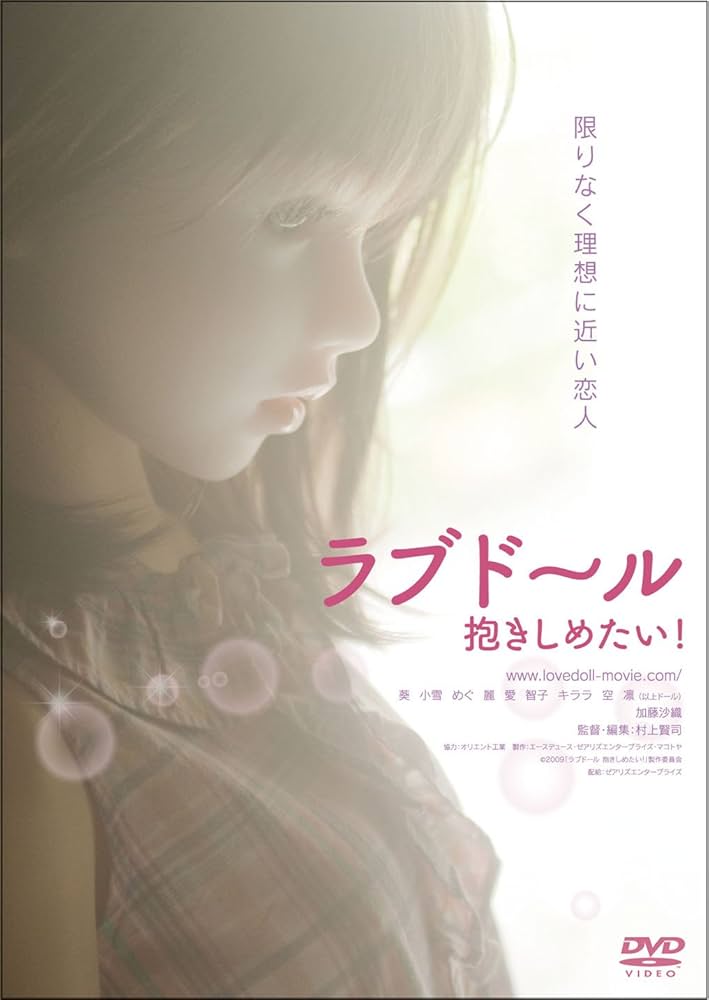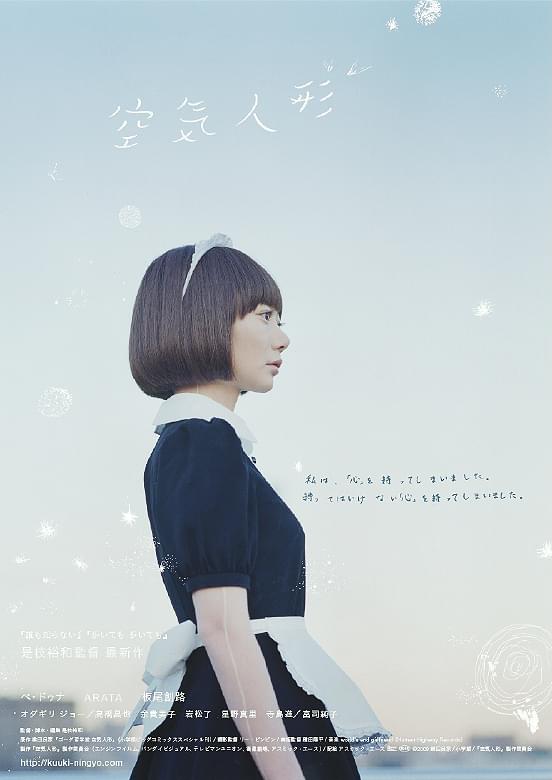Celebrating Orient Industry’s 40th Anniversary
First, I wish to congratulate Orient Industry on its 40th anniversary. Reflecting on these past years of rather intimate engagement with love dolls, I recall causing considerable trouble for their staff and sharing many evenings of karaoke at a Yushima snack bar with President Tsuchiya.
1977- the year of the company’s founding-was when I, aged 18, moved from Hiroshima to Tokyo for university. Since their inaugural inflatable doll Smile released that year, the evolution has been remarkable: from latex to soft vinyl, then to silicone in 2001, with revolutionary improvements in joint mobility, implanted hair, and makeup techniques. Now at 58, I find myself engaging in rather peculiar dalliances with love dolls.
The term “Dutch wife” entered my consciousness during my teens through urban legends (?) like Antarctica No. 1. But Orient Industry’s dolls truly captured my attention around 2010.
Looking back, my connection with Ginza’s Vanilla Gallery – a passionate advocate for love dolls’ “social integration”-began in 2009. Staff member Taguchi Yoko, whom I’d never met, sent me a handwritten invitation to a third-generation Horitoshi tattoo art exhibition. Since then, I’ve attended nearly every Vanilla Gallery show. One poignant memory: visiting the gallery shortly after the March 11, 2011 Great East Japan Earthquake, finding Ms. Taguchi collapsed on the floor in shock.
Vanilla Gallery first exhibited love dolls in 2007 with Artificial Maiden Exposition: From Dutch Wives to Love Dolls (Orient Industry 30th Anniversary). Though I missed it (not yet acquainted with the gallery), its success spawned sequels: Part II (2010) and Part III (2012, for Orient’s 35th anniversary). By Part IV (2014), I co-wrote the catalog essay with artist Miura Jun.
Throughout this period, my secret fascination with love dolls grew – yet unlike Tsuzuki Kyoichi, I didn’t actively document them, nor did I install an “Erika-sama” in my office like Miura Jun. Instead, I quietly awaited an opportunity.
That moment came in autumn 2015: Vanilla Gallery proposed, “Would you curate a love doll exhibition next year?” My enthusiastic “Yes!” materialized as Artificial Maiden Museum in 2016.
Their request: “Reinterpret Japanese art masterpieces using love dolls.” After exploring Edo-era ukiyo-e (Utamaro), Taisho-era shin-hanga (Hashiguchi Goyo), and Showa-era illustrations (Komura Settai), I settled on a contemporary artist – Ikenaga Yasunari (b. 1965), whose popularity has surged recently. Largely self-taught, he developed a unique bijinga (beauty painting) style using traditional Japanese pigments. Having long admired his work, I contributed to his 2014 art book One Hundred Nights of Longing, still in print today.
For Vanilla Gallery, I proposed recreating Ikenaga’s Watering Can: a life-sized doll in yukata, holding an undone obi in a disheveled “beauty glancing back” pose, with a tin watering can at her feet.
Orient Industry’s staff received the artwork image with instructions: “Recreate this faithfully.” Despite expected challenges in posing, makeup, and hairstyling, they poured their souls into the project. We even borrowed the original painting from a collector, displaying doll and artwork side by side.
The exhibition drew 8,000 visitors in under a month – an extraordinary success. It’s why I write these words today.
Historically, “Dutch wives” were dismissed as sex tools – never art. Similarly, Meiji-era iki-ningyo (hyper-realistic dolls) were deemed spectacle props, not fine art. Yet Western visitors marveled at their craftsmanship, acquiring them for museum collections. Only recently has Japan begun re-evaluating these masterpieces.
Finally: Do you know Gustave Courbet’s The Origin of the World (1866, Musée d’Orsay, 44x55cm)? Easily found online, it depicts a woman’s spread legs with close-up focus on her genitals and lower abdomen. A draped sheet reveals her right nipple. Some speculate Courbet drew inspiration from Shunga prints like Utamaro’s or Kuniyoshi’s.
Orient Industry crafts equally meticulous genitalia. Courbet painted with obsessive detail. Eros (ero) is art’s primordial source – yet add a syllable (eros), and it becomes pretentious intellectual fodder for “art history” debates.
What would President Tsuchiya say if shown Courbet’s painting?
What would Courbet say if shown a love doll?
Such are the fantasies I entertain – while mentally entwined with a love doll.


